
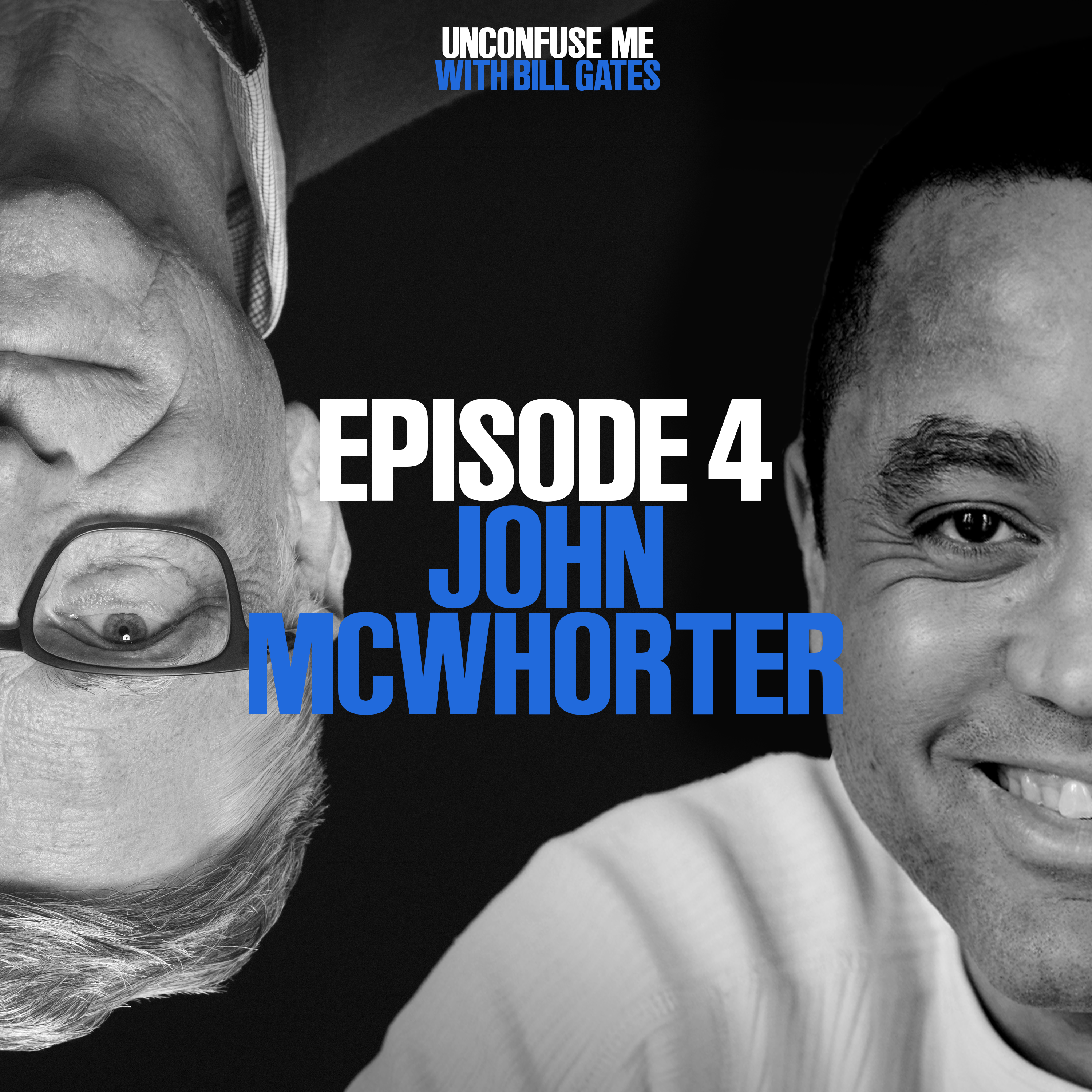
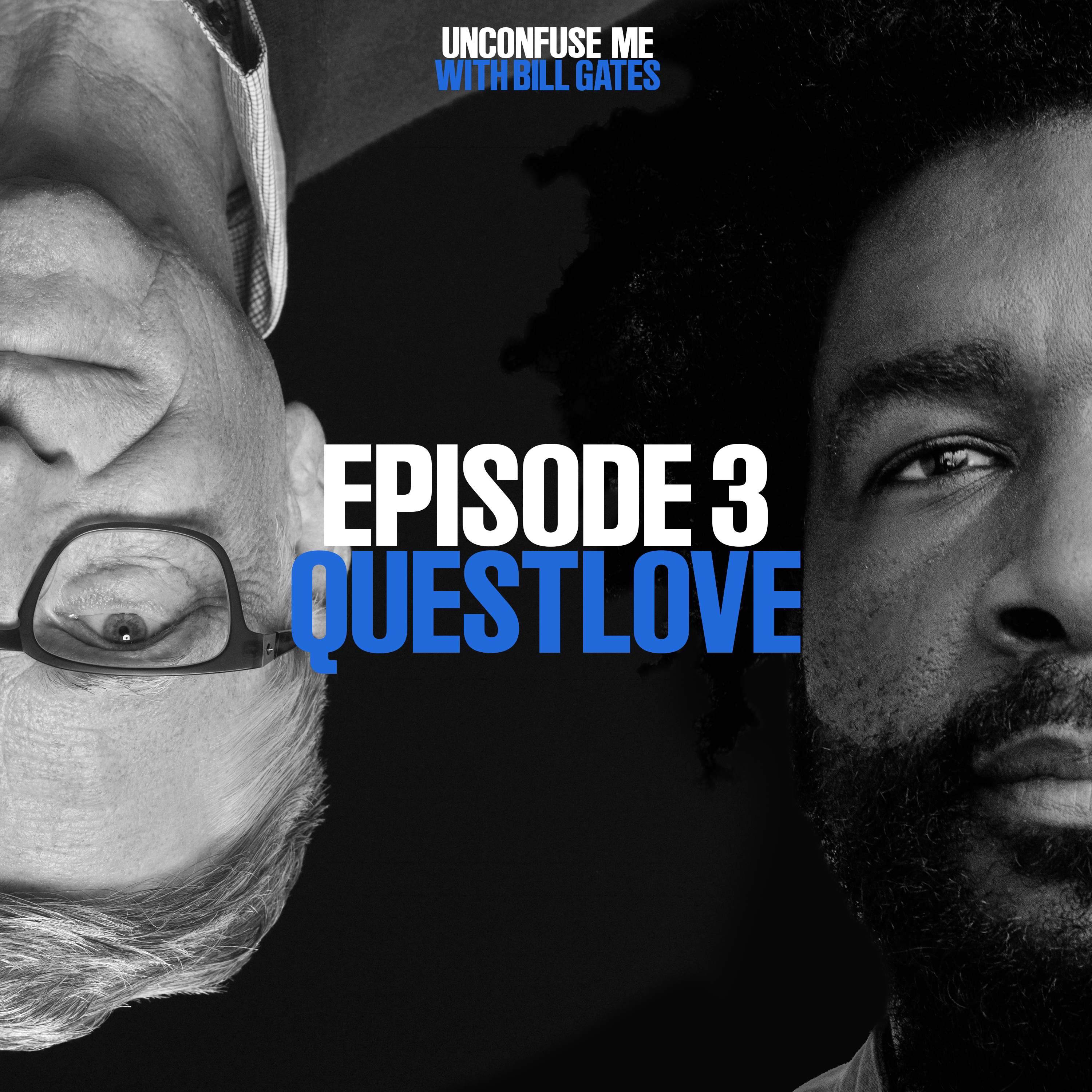
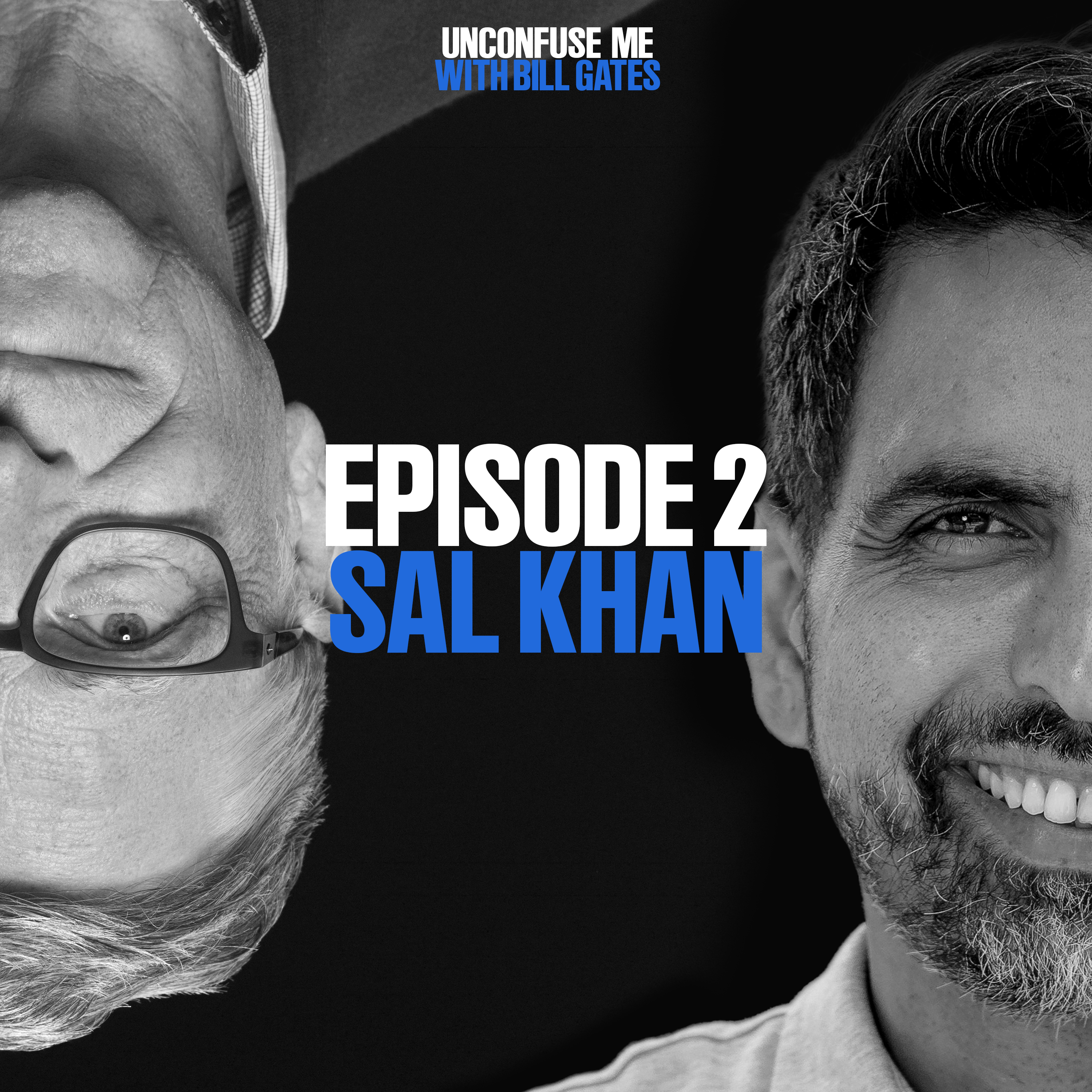
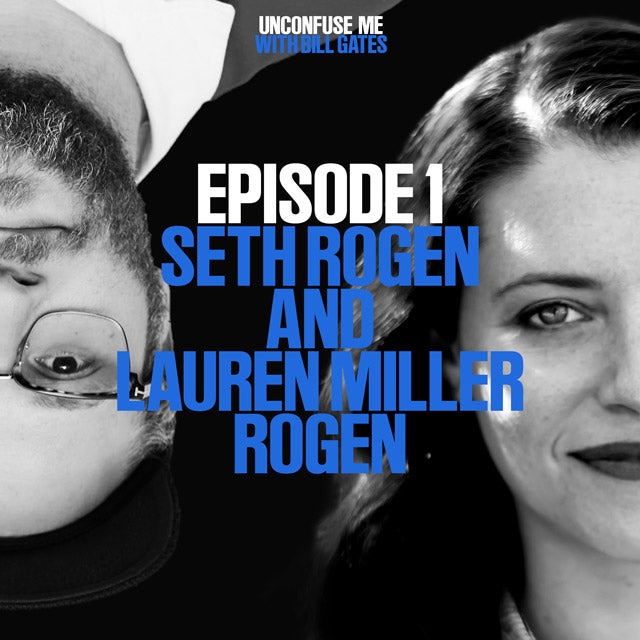




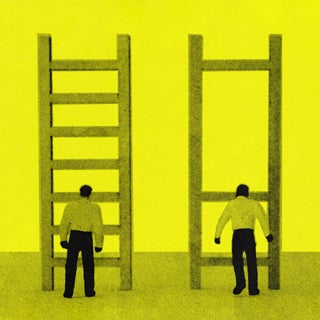
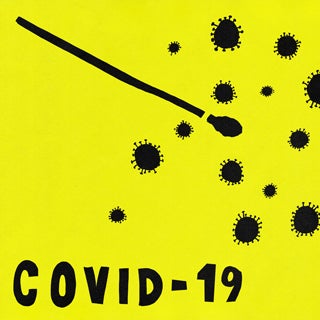











 |
| Under MAGA'ism America is become torn apart... - re slater |
 |
| Before America was ever a Christian nation it was First and Foremost a Land for Individual Rights and Liberties. - re slater |
“Those who do not learn from history are doomed to repeat it.” This was most likely spoken by the writer and philosopher George Santayana who originally wrote, “Those who cannot remember the past are condemned to repeat it.”
In the neo-conservative and hardliner Trump's case - along with his MAGA republican party and ardent White evangelical adherents - Trump's divisive White Christian Nationalist planks speaks to Santayana's adage.... That every dictatorship or a tyrannical government eventually had led to a deeply unsettling revolution.... And in this case, just about every revolution which places "total power" into the hands of a single ruler will always lead to an authoritarian, autocratic rule....
Accordingly, authoritarian institutions which are funneling the majority of corruptible wealth into the hands of a politically elite and corrupt minority will never progress towards societal equality and fairness....
More rather, these (MAGA) elitist power centers will run downhill becoming more and more craven, despotic, and totalitarian, towards those who originally placed them into power by supporting the (MAGA) autocratic movement away from an openly civil democracy towards forms of controlling, neo-fascism. And when done, will be very difficult - if not impossible - to break up, or up-end, as the world recently discovered again under Hitler's Nazification of monarchal Germany (1933-1945).
People who remember their failures and errors; who contemplate in what ways they could have made things better; who familiarize themselves with their past; simply will not make the same mistakes again.
Why? Because they now know how NOT to accomplish their goals. Their "hindsight has become 20/20"... when re-capturing their acknowledgement that mistakes were made in the past but then they will no longer remain ambiguous as to why those mistakes had occurred and under what circumstances.
That the reformationists to the Catholic Christian faith had fundamentally left the state-supported Catholic Church to establish protesting (aka, Protestant) Christian faiths of various ilks and sorts in America's newborn colonies.
Consequently, such a national history as America's thereby attests more to the fact that America was born out of the necessity to live somewhere where individuals and families could live apart from religious oppression, inquisition, loss of wealth and life.
 |
| As Massachusetts went, so did the rest of Colonial America... - re slater |
Thus and thus, America is a land of individual rights and freedoms before it ever was a breakoff Christian state where European reformists might come and worship how they wished and by what standards they wished to embrace.
Firstly, we are continually blessed with religious, anti-statist, faithful migrants from around the world. Those peoples who have left unsafe local communities in their former countries to live in an America better known for it's blended families of migrants than for what it has more recently become as unwanting fleeing migrants from impoverished, criminally corrupt local governments blinded to the individual rights and freedoms of individuals and families, friends and neighbors.
Moreover, these same global migrants who are fleeing their homes to come to America's Lands of Reformists are first-and-foremost seeking security and protection to their individual and familial rights and interests.
If anything, because of America's Christianizing ideals of equality, fairness, and freedom, all other Christian and non-Christian faiths may now enter into America to find a promising community lifestyle of peace, toleration, and amiability with one another.
Hence, America's enculturated differences are its biggest strength. That it's union of dissimilars is it's highest priority... and NOT it's division into competing racist groupings.
“The creatures outside looked from pig to man, and from man to pig…it was impossible to say which was which.” (Orwell, 141)
"There were times when it seemed to the animals that they worked longer hours and fed no better than they had done in Jones’s day. On Sunday mornings Squealer Pig, holding down a long strip of paper with his trotter, would read out to them lists of figures proving their chaining bondage.
“A lie told often enough becomes the truth,” this is a quote from the Soviet Union dictator, Vladimir Lenin.
Thus, the underlying idea is signified when revealing the truth that the most harmful people in society are people who lie so often to themselves, and to those who are willing to listen to them, that they forget what was in exchange for what they pretend things to be....
How George Orwell Use the Theme of Power In Animal Farm
Power can be recognized as the most dangerous weapon to use against a civilization.
In George Orwell’s work of fiction Napoleon takes personal (sovereign) supremacy in a communist/totalitarian animal society, and becomes corrupted by the power he usurped when applying (state-based) cruelty to the other animals when disobeying the commandments they had acclaimed to observe.
Cruelty then is used with one's usurped privilege of power whenever an autocratic leader forming an autocratic state applies such means of power to the people who placed him into power.
As such, when Napoleon removes Snowball Pig (aka, Leon Trotsky in real life) from the animal farm using his predator dogs, the other farm animals finally perceive who the dogs really are:
“They were the puppies whom Napoleon had taken away from their mothers and raised privately [to be his own].” (Orwell 53).
The Rise Of Nazi Power
In summation,
“One of the most important reasons for studying history is that virtually every stupid idea that is in vogue today's present societies have been tried before and proved disastrous before, time and again.” (Sowell) - aka, the essayistAn abridged commentary,
Related Articles
 |
| Author Jon Ward: "The idea that America is a Christian nation is actually not faithful to historic Christianity."Lawrence Jackson |
A White Christian evangelical, who has been described as “the embodiment of White Christian nationalism in a tailored suit,” is now second in line to the presidency.Rep. Mike Johnson, the new Speaker of the House, is a White evangelical. His ascension represents one of the greatest political ironies of our time. White evangelical Protestants make up only about 14% of Americans, and that number has been steadily shrinking. But White evangelicals have amassed more political power than ever. They helped inspire the US Supreme Court to overturn Roe v. Wade last year, and their steadfast support of former President Trump could return him to the White House.Yet there is still widespread misunderstanding of White evangelical subculture. The media tends to depict White evangelicals as foaming-at-the-mouth Christian insurrectionists like some of those who stormed the US Capitol on January 6, 2021.
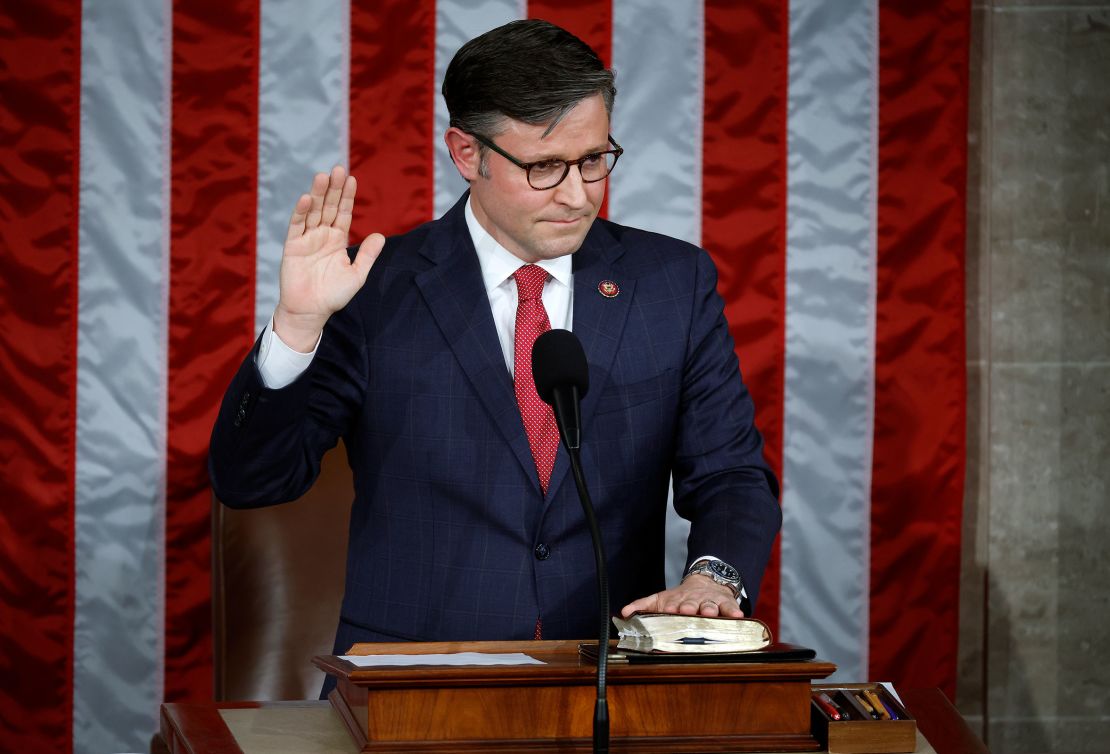 |
| Newly elected Speaker of the House Mike Johnson takes his oath of office in the US Capitol. Johnson is an evangelical Christian. | Chip Somodevilla/Getty Images |
 |
| Members of what was once called the Jesus Movement sing at a Los Angeles building in 1971. Ward says his parents came out of a movement of Christians during that decade who were disenchanted with the mainstream church. | George Brich/AP |
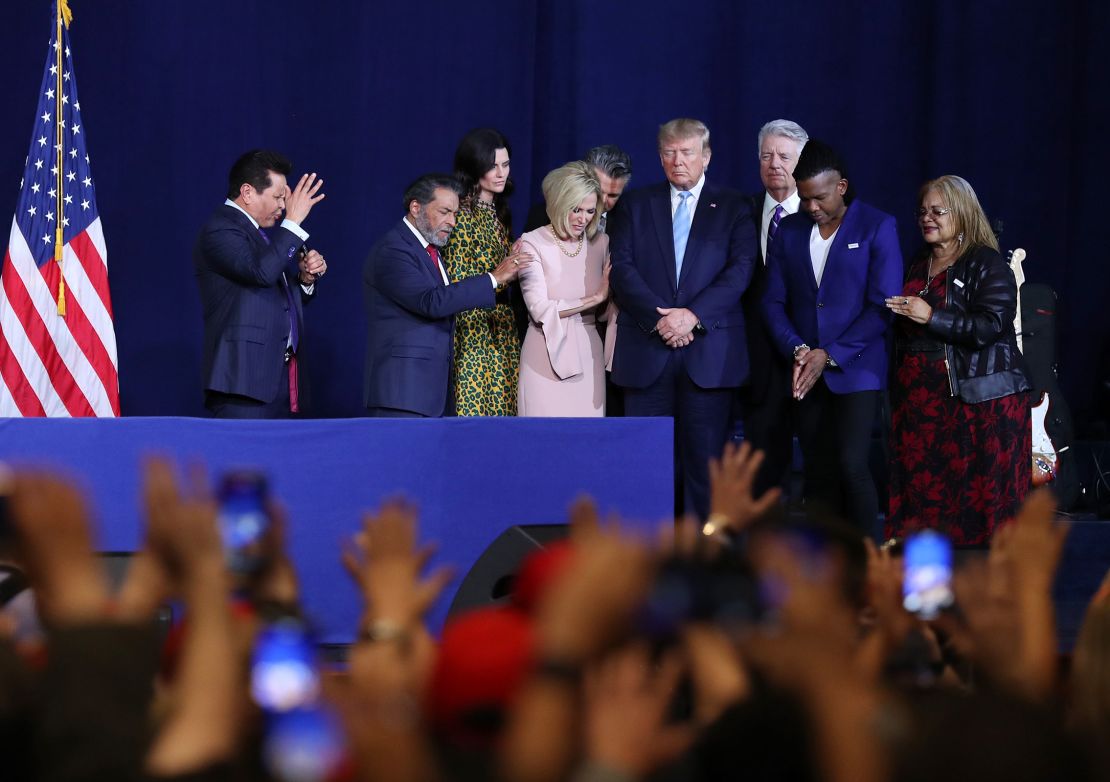 |
| Faith leaders pray over President Donald Trump during an "Evangelicals for Trump" campaign event on January 3, 2020, in Miami, Florida. | Joe Raedle/Getty Images |
*John Blake is the author of “More Than I Imagined: What a Black Man Discovered About the White Mother He Never Knew.”
Brian M. Fagan, best-selling author and professor emeritus of archaeology at the University of California, Santa Barbara, takes us on a journey into the late Ice Age world of the Cro-Magnons, the first full modern Europeans, who arrived in their homeland before 40,000 years ago. Who were these people? Where did they originate? And what made them different from earlier, more archaic human beings who lived alongside them? Professor Fagan explores the complex and still mysterious relationship between the incoming Cro-Magnons and their Neanderthal neighbors, who became extinct about 30,000 years ago. Was it climate change, brain power, superior technology, or sheer overwhelming numbers that marginalized the Neanderthals? The lecture ends with a brief look at the remarkable cave art of the late Ice Age, the earliest known artistic tradition in the world.
 |
| click here to enlarge |
| Date | Event |
| 2,500,000 BCE 2,500,000 1,700,000 1,600,000 1,500,000 400,000 300,000 290,000 230,000 | LOWER PALEOLITHIC ERA BEGINS The first of three time periods of the Paleolithic - an era which witnessed several Ice Ages and glaciations, and during which early hominids like Australopithecus afarensis, Australopithecus africanus, and Paranthropus robustus, developed first into Homo habilis and Homo rudolfensis, then into Homo erectus, Homo ergaster, Homo erectus, and Homo heidelbergensis, before metamorphosing into Homo sapiens, Homo neanderthalensis and ultimately anatomically modern man (Homo sapiens sapiens. eg. Cro-Magnon man). Human evolution is defined via the development of stone tools, a process which impacts on the development of ancient art. Olduwan tool Culture begins. Its key feature was the method of chipping stones to create a chopping or cutting edge. The first stone tools of the Lower Paleolithic. (Earliest types unearthed at Hadar, Ethiopia). Oldest utilitarian (non-artistic) cupule discovered at the Olduvai Gorge in Tanzania. End of Pliocene, start of Pleistocene geologic period. Coincides with the replacement of Olduwan cultures with more advanced Acheulean tool culture. the dominant tool-making tradition of the Lower Paleolithic era throughout Africa and much of Asia and Europe. By this point, the human species has become a major predator. Emergence of Clactonian culture of European flint tool manufacture. Beginning of Mousterian tool culture in Europe, the Middle East and North Africa, associated with the production of serrated edge blades. The earliest art is the Petroglyphs of Bhimbetka - consisting of cupules and other rock art found at Auditorium Cave, Bhimbetka and at Daraki-Chattan Cave, both in Madhya Pradesh, Central India, and both dated c.290,000 - 700,000 BCE or later. These are the oldest known prehistoric works of art, and the first examples of art from India. Venus of Berekhat Ram, rock figurine, (dated c.230,000 - 700,000 BCE). This is the oldest known example of prehistoric mobiliary art. |
| 200,000 200,000 100,000 70,000 60,000 40,000 39,000 38,000 37,000 35,000 33,000 33,000-30,000 30,000 25,000 25,000 24,000 23,000 22,000 20,000 18,000 17,500 17,000 16,000 15,500 15,000 14,540 14,300 14,000 13,500 13,000 12,500 12,000 11,000 10,500 10,000 | MIDDLE PALEOLITHIC ERA BEGINS |
| 10,000 9,500 9,000 8,200 8,000 7,500 7,000 6,000 5,500 5,000 4,000 4,000-2,500 3,500 3,300 3,200 3,200 3,100 2,800 2,700 2,660 2,500 2,100 2,000 2,000-1,500 1,780 1,750 1,700 1,600 1,530-1,500 1,500 1,450 1,425 1,390 1,250 1,200 1,184 1,100 1050-221 900 800 800-700 600 BCE | MESOLITHIC ERA BEGINS This is associated with a wide variety of races, including the Azilian Ofnet Man (Bavaria); several types of Cro-Magnon Man, brachycephalic humans (short-skulled), dolichocephalic humans (long-skulled). The Mesolithic is a transitional era between the chipped-tool, hunter-gatherer culture of the Upper Paleolithic, and the polished-tool, farming culture of the Neolithic. In areas with no ice (eg. the Middle East), people transitioned quite rapidly from hunting/gathering to agriculture. Their Mesolithic period was therefore short, and often referred to as the Epi-Paleolithic or Epipaleolithic. 10,000 BCE marks the end of the Pleistocene geological epoch and the start of the Holocene. Start of Chinese Pottery. Cueva de las Manos (Cave of the Hands), stencils, paintings, Argentina, the most famous example of Mesolithic art in the Americas. Large finds of Stone Age artifacts at Fell's Cave in Patagonia and Blackwater Draw in eastern New Mexico (Clovis culture). Bhimbetka Rock Art, paintings, stencils, abstract symbols, India. Pachmari Hills: sandstone rock drawings, paintings, India. Wonderwerk Cave engravings of geometric designs, ideograms, animals, South Africa. NEOLITHIC ERA BEGINS IN MIDDLE EAST AND SOUTHEAST EUROPE Tassili-n-Ajjer rock art, Algerian paintings and petroglyphs. Ancient Persian pottery from Ganj Dareh (Valley of Treasure). Jiahu turquoise carvings, bone flutes, Henan Province China. Shigir Idol, the world's oldest surviving wood carving of a human figure. Beginning of Neolithic Art in China (7000-2000 BCE). The major form of Neolithic art was ceramic pottery. Oven-fired pottery appears in Mesopotamia where farming begins. People settle on the banks of the River Nile. Coldstream Burial Stone, Western Cape Province, South Africa. Goddess terracotta figurine, Catal Huyuk, Anatolia, an early example of religious art. Egyptian bone, ivory, stone figurines from Naquada I Period. Persian Chalcolithic pottery. Linear Ceramic culture emerges in France, Germany, Austria, Slovakia, Czech Republic. Thinker of Cernavoda, the Romanian terracotta sculpture of the Hamangia culture. Fish God of Lepenski Vir, sandstone carving of therianthropic figure, Serbia. Samarra and Halaf ceramic plates: see: Sumerian Art and Mesopotamian art (c.4500-539). NEOLITHIC ERA BEGINS IN NORTHERN & WESTERN EUROPE Mesolithic Era ends in Europe, superceded by the Neolithic (New Stone Age), a much more settled form of existence, based on farming and rearing of domesticated animals, as well as the use of polished tools. Jade carving begins in China, as does Chinese lacquerware and silk production. Earliest megalithic architecture, like: the megaliths at Evora, in Portugal (from 5,000); Breton Cairn of Barnenez (from 4,450); the tombs and monuments of Carrowmore, Cuil Irra Peninsula, Ireland (from 4,300). Building of Stonehenge stone circle begins (c.2,600 BCE). See also: megalithic art. Mesopotamian civilization begins (Iraq). Emergence of Uruk, first city-state. First wheeled vehicles appear in Europe. Ancient Persian art includes the intricate ceramics from Susa and Persepolis. Oldest known prehistoric bronze sculptures produced in the Maikop culture of the Russian North Caucasus around 3,500, using simple arsenic bronze process. Sumerian civilization (S. Iraq). First writing system (hieroglyphs). Cuneiform script 3200. Egyptian art and civilization begins. Building of Newgrange Megalithic Tomb begins. Sumerian civilization develops its own monumental architecture - a type of stepped pyramid called a ziggurat, built from clay-fired bricks. See History of Architecture. BRONZE AGE BEGINS IN EUROPE Metallurgy develops, as does Bronze Age art. The more complex copper-and-tin bronze casting techniques appear in the Indus Valley Civilization of India during the period. First use of horses for drawing wagons and carts. See: Egyptian Architecture (3000 on). First wheeled transport (Sumeria). Egyptians create first wall paintings in tombs. Copper-working begins in southern France. Emergence of Beaker culture in Europe (named after their distinctive drinking vessels). Egyptians develop first painted relief sculptures. Egyptians develop the first seated and free-standing statues. Start of Egyptian Pyramids. Djoser's 'Step Pyramid' at Saqqara (2630); the Architect Hemon designs the Great Pyramid at Giza (2550), one of the Seven Wonders of the World; Khufu builds the Sphinx (2550). See also Early Egyptian Architecture (3100-2181). Dabous Giraffe Engravings, Taureg Saharan culture. Knowth Megalithic Tomb built. Valdivia Figurines, First 3-D images of the Americas (Real Alto Ecuador). Mesopotamian sculpture known as Ram in a Thicket, made from gold-leaf, copper, lapis lazuli. Sculptors make Maikop Gold Bull. Start of Aegean Art in eastern Mediterranean. Bronze Dancing Girl of Mohenjo-Daro, Harappan Culture, Indus Valley Civilization. Famous Ziggurat constructed in Uruk. Egyptian Middle Kingdom Architecture (2055-1650). "X-ray" style of Aboriginal rock art developed in Arnhem Land. Xia Dynasty culture, China. Minoan Palaces built & rebuilt on Crete. Outstanding Minoan artworks: pottery/ceramics. The written Code of Hammurabi (laws) displayed throughout Babylonian empire. First outstanding Chinese art appears, bronzes of Shang Dynasty art, as well as the earliest Calligraphy. See: Traditional Chinese Art: Characteristics. Linear A script introduced by Minoans. Start of Hittite art and Assyrian art of Iraq. Mycenaean civilisation flourishes in Greece. Glass making perfected in Mesopotamia. Construction of massive temple complex of Karnak to the god Amon at Thebes. See also: Egyptian New Kingdom Architecture (1550-1069). IRON AGE BEGINS IN EUROPE Iron Age Art begins in Europe. Meanwhile, the first bronze sculptures appear in China. Myceneans invent form of writing based on Minoan Linear B script. See Irish Iron Age Art. Myceneans (Greek mainland) absorb Minoans. Amenhotep III builds the palace at Malkata (near Thebes) and temple of Amon at Luxor. Rameses II builds the Colossus at Memphis, the Hypostyle Hall of the Karnak temple Luxor. Decline of Mycenean civilization. (Architectural Dark Ages begins. Ends 600.) Approximate beginning of Pre-Columbian art in mesoamerica and South America. Fall of Troy in Asia Minor. In China, Sanxingdui Bronzes appeared in Sichuan province. Foundation of the Kingdom of Israel. See also Late Egyptian Architecture (1069 - 200 CE). First appearance of Geometric style of Greek Pottery. Zhou Dynasty art, the last period of Bronze Age culture in ancient China. Earliest settlements appear on Palatine Hill, Rome Homer writes the Iliad and Odyssey. First Celtic culture discovered. Hallstatt style of art/design begins characterized by geometric designs. After this comes the elaborate and curvilinear La Tene style of Celtic art (450 BCE), with its spirals, zoomorphs and other Celtic designs. Hereafter, Greek art and architecture is divided into three basic eras: the Archaic Period (c.600-500 BCE), the Classical Period (c.500-323 BCE) and the Hellenistic Period (c.323-27 BCE). Egyptian, Greek and Etruscan artists greatly influence later Roman art, as well as Byzantine art. |
• For later painting and sculpture, see: History of Art Timeline. |